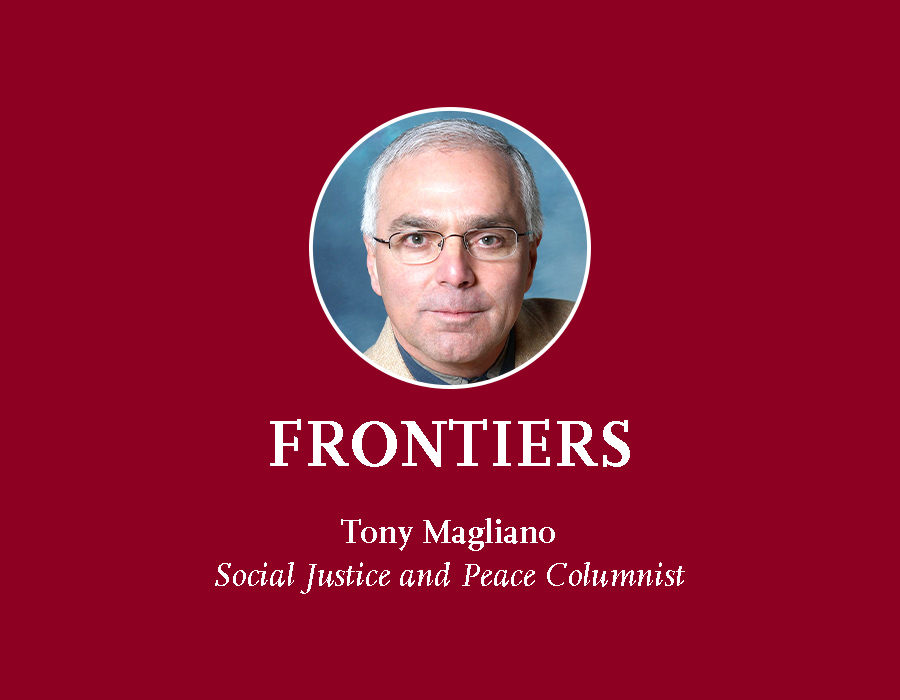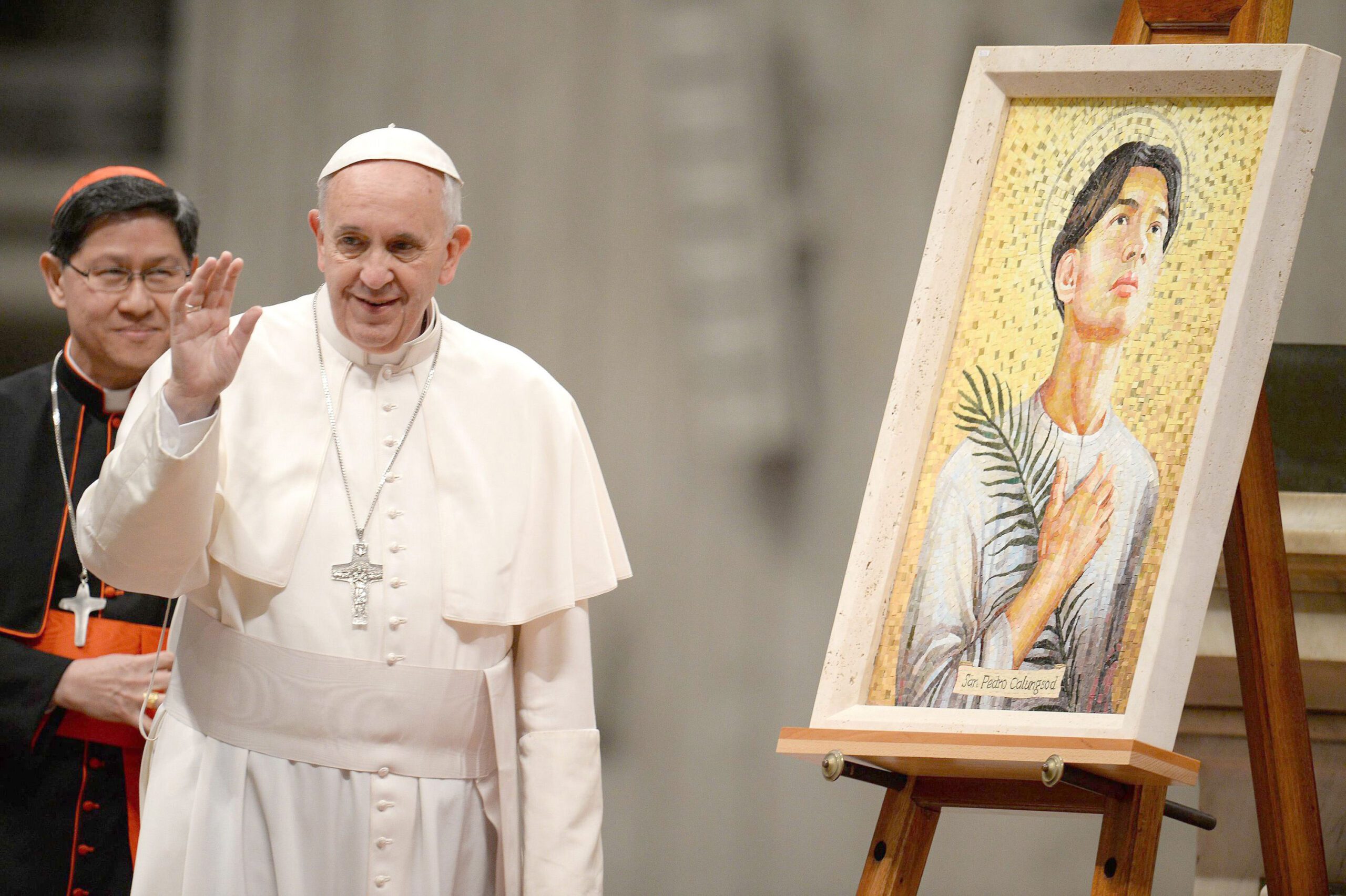On Sept. 12, 2023, the US-based Pew Research Center released an important survey on Buddhism, Islam, and religious pluralism in South and Southeast Asia. Interviewing more than 12,000 people from Thailand, Cambodia, Malaysia, Singapore, and Indonesia, the survey provides deep insights into similarities across religious groups of the region and their internal diversity.
While the survey reveals that religious dynamics can be quite different from one country to another, it also shows that religions cannot be easily juxtaposed next to each other at the conceptual and practical levels. A significant amount of overlap and internal variations need to be carefully considered before elaborating discourses on religious diversity and inter-religious dialogue. While religions are not mere byproducts of social grouping, they do not simply coexist as distinct and stable entities. Our most common ways to describe religious pluralism fail to describe the complex and changing interplay of lived religions. In Asia, as in the rest of the world, we need new tools to describe religious diversity and coexistence.
With this concern in mind, the upcoming articles revisit the notion of interreligious dialogue by focusing on one Christian figure found across Asian religions, the Virgin Mary. The survey of the Pew Research Center indicates that numerous non-Christians venerate Mary. And, as many know, this is an ancient and resilient reality of the continent. Mary transcends religious boundaries. But what does that mean for Christian missionaries and missiologists? How do we understand these interests for Mary? What can we learn from non-Christians? The quantitative approach of the Pew Research Center fails to provide an in-depth understanding of how Asian Christians and non-Christians approach the Mother of Christ. A different approach is needed.
To address these questions, the Initiative for the Study of Asian Catholics– an international academic network hosted by the Asia Research Institute (National University of Singapore) www.isac-research.org has partnered with the Center for Marian Studies in London to conduct a research conference exploring how Asian Christians and non-Christians approach and venerate Mary.
Gathered in mid-May 2023, this online conference “More Universal than Catholicism? Mary Among Asian Religions” featured 18 research papers exploring Marian devotions in 11 countries and across five religious traditions. To promote the findings of the conference, we have also partnered with UCANews to generate a podcast series, now available for free on their website, where researchers present their work on Mary in Asia. Also, the conference findings will be published in the open-access journal ‘Maria: A Journal of Marian Studies’ in May 2024 (https://www.marianstudies.ac.uk/post/maria-a-journal-of-marian-studies).
In the subsequent articles, I offer a quick overview of some conference findings, illustrating the variety of Marian devotions in Asia and their potential significance for research on interreligious dialogue and missiology. My first article focuses on one case study, the Singaporean and Taoist origin of the self. The second article explores Christian-Buddhist encounters in East Asia. Finally, the third article provides a cross-regional and broader perspective on Mary among Asian religions.
THE ORIGIN OF THE SELF
In Singapore, Mary is represented in numerous forms. However, Marian devotions are not only happening within shrines monitored by the Catholic clergy. Sometimes, non-Christian movements can integrate the Mother of Christ into their pantheon and develop their own Mariology. This is the case with the Origin of the Self, a religious teaching rooted in a Taoist worldview. Established in 2013, it worships various deities and promotes body techniques to cultivate longevity and achieve oneness. It has attracted thousands of disciples from around the Chinese diaspora, whether in East and Southeast Asia, or North America (https://www.originofself.com/en/about-us/).
The Origin of the Self is based on the teaching of Professor Zhang Bu Sheng, a Singapore citizen in his 60s. According to his Wisdom of Life Three-Dimensional Evolution System, Western and Eastern traditions revolve around the same universal principles and share a similar understanding of the cosmos and humankind.
In line with Taoist traditions, Professor Zhang claims that the world is made of a set of universal core components and that human beings live in a continuum with the cosmos. They can also reach the full divinization of the self and transform personal and social realities through practices such as meditation, offerings, martial arts, and body techniques. For practitioners who seek self-actualization, the movement has developed a variety of devotional practices, coursework, and spiritual retreats in Singapore, Canada, Malaysia, and Taiwan.
Within the small chapel of the headquarters in Singapore, one finds the Virgin Mary among the various sages that the movement worships. With Joseph and Jesus, she is represented by an image and a statue on the right side of the altar. The entire platform is covered with religious symbols from Taoist, Buddhist, Hindu, Christian, and Muslim traditions.
The presence of Jesus, Joseph, and Mary signals that Christianity is not a contradiction to the religious worldview of Professor Zhang. Rather, the guru explains that Christianity confirms the universal truth of his doctrine. “In the Bible, there is a saying of walking into the house of the Lord. The house of the Lord is our own body.” Professor Zhang is referring to 1Co. 3:16, a sentence in which Paul describes the human body as the temple of God. According to Zhang, this biblical statement means that the divine is within each of us, and our body is the way to cultivate this unlimited presence. In other words, Christianity and Taoist traditions teach the same universal principles about humankind.
MARY’S ROLE
Mary plays a significant role in these efforts to integrate Christianity within the Origin of the Self. Unlike Joseph, who easily disappears from the discourse and practices of the Origin of the Self, Mary is systematically mobilized. For these Taoist devotees, she is the one who exemplifies how the cultivation of oneself leads to a higher state of being and a divinization of the self.
As the Christian Scriptures say: “Mary was treasuring up all these things in her heart and meditating on them” (Luke 2:19). Mary is the one who contemplates things, meditates in her heart, gives birth to a higher being, and does not go through death like most people do.
According to Professor Zhang, the Christian Scriptures show that she was practicing visualization and meditation in her own body to the point of generating–without intercourse–a new divine being. She gave birth to a higher being not because of the action of a genitor but because of her capacity to meditate. Like Siddhartha Gautama, Laozi, and other sages of ancient times, she embodied and revealed the spiritual potential of humankind.
Yet this discourse on Mary is more than a doctrine. It also involves ritualized practices. During large Christian festivals, the Origin of the Self makes offerings to Mary and Jesus–the two Christian sages who reached divinization of the self. Twice a year, for Easter and Christmas, a table is set within the headquarters of the movement and features the statues of Jesus and Mary. In front of them, fruits, paper money, and burning incense are displayed to honor them. As these devotions are widely publicized through the movement’s social media, Mary stands as the recipient of offerings and pious devotions.
In conclusion, the Origin of the Self reminds us that Christianity in Asia is not simply about Jesus. Christianity is also understood through the many elements it brings with itself, including Mary. A systematic study of her theological role and socio-religious position is essential to understanding the dialogue that Asian people cultivate with Christianity.
The Origin of the Self provides a valuable case to reflect on the type of renewal and generation that characterizes a religious journey. Most studies on Mary in Asia have highlighted how her cross-religious attractiveness is usually linked to her female identity. Mary supposedly stands as a universal figure of motherhood, as if she could be easily reduced to her gender role. Yet, for Professor Zhang, the physical maternity of Mary does not really matter. The fact that Mary was a woman and a mother does not make a difference in her spiritual significance. What matters is that through her meditation and virtue, she engendered a divine being from within and overcame death.
For the Origin of the Self, Mary is more than her sex. Her achievement is comparable to what Taoist practitioners do when they achieve immortality. Mary illustrates the universal capacity that humans have to engender a higher being from within and to transcend death.
Although this Mariology misses a relation to the transcendent God and contradicts Christian theology, it still resonates with Christian elements such as cultivating oneself and practicing virtue. This de-gendered approach of Mary is not without value. It invites us to revisit her spiritual significance without reducing her to our preconceived understanding of maternity and virginity.
































